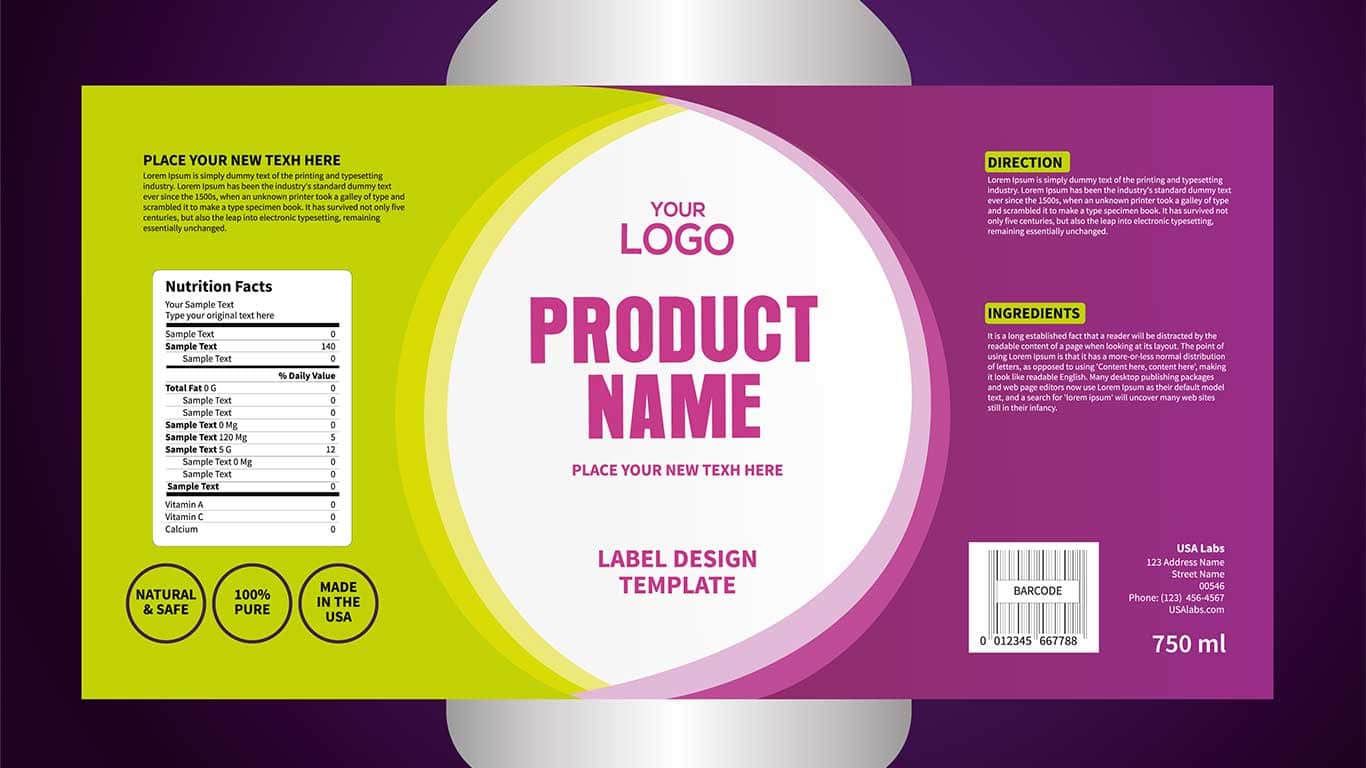Legacy systems can’t support innovation, compliance or labeling best practices
The failure of legacy systems to keep up with the rapidly changing needs of food and beverage manufacture
rs is entirely predictable – in fact, most of the producers who employ these systems are aware that they are living on borrowed time and simply delaying inevitable problems.
Free Whitepaper
GTIN-Connector: Get more information about a powerful tool and how
to use it properly.
Unfortunately, more than 60 percent of manufacturers who have legacy PLM systems indicate that they are basically stuck waiting for the platform to gasp its last breath– they cannot move forward with unsupported systems, but they fear the cost of a new PLM, ERP or formula management system.
There is no way for these organizations to innovate, add value and grow.
Having an outdated process control application is a better solution than spreadsheets – but just by a hair. Systems that run antiquated software applications – especially those that cannot be upgraded or supported – present an overwhelming impediment to sustainable growth for manufacturers who seek to innovate, create exciting new products faster, improve product quality and boost ROI.
When system architects and creators merge or shut their doors, they often leave food and beverage manufacturers in the lurch. For some, there may be a path to a new or better platform, but for others, migration is simply not possible.

In fact, the effort, time, and financial investment can actually be less when implementing an innovative SaaS PLM process solution – particularly as it relates to down-time for production.
Systems that are specifically designed and preconfigured for formulation and specifications management, like SpecPDM, often eliminate and/or mitigate losses created by production down-time.
Limited systems security with legacy
Data and intellectual asset security is imperative. Legacy systems are inflexible and offer little to no protection of classified data – in fact, most are not Unicode ready and SSO is entirely unsupported – which makes global regulatory compliance nearly impossible to achieve.
For manufacturers who currently run legacy systems to become and sustain profitability, they must employ innovative solutions.
Integrating systems to avoid recalls
Making the decision to replace an obsolete legacy PLM system while the basic equipment is mechanically sound is the best plan for most manufacturers, because some or most of the initial investment can be preserved.
Particularly for producers who are running siloed systems, the greatest challenge is often the attributes; there can be hundreds of attributes for distributors, and hundreds more for regulatory compliance – but most legacy systems simply cannot easily add or support additional attributes. Data must be created and generated so that it can be shared – so attribute flexibility is crucial.
Silos stifle innovation for new products – just as importantly, they do not support the workflow data that is imperative to avoid cross-contamination recalls. They can no longer be customized or upgraded, and bill of materials information is unable to migrate.
The best possible combination
There is value in both enterprise resource planning (ERP) and product lifecycle management (PLM) for manufacturers who strive to compete in the global marketplace. ERP keeps transaction activities on track, PLM follows the entire lifecycle of the product and maintains the integrity as well as the historical records – so when they are combined and integrated, they provide efficient, effective end-to-end control of the entire product lifecycle manufacturing process.
When upgrading their legacy system, many businesses fall prey to technical difficulties or integration obstacles – especially with SAP ERP – but customers who choose the SAP GTIN Connector to publish to the GDSN and employ SpecPDM have the freedom to choose applications that support accurate, efficient process solutions and utilize their resources most effectively. For legacy system upgrades, the key is process solution diversity.
There are several crucial elements to consider when upgrading systems, integrating silos and replacing legacy platforms, but particularly with the lower-cost PLM SaaS options now available within the SpecPage suite of process solutions. Manufacturers increasingly find that value is added and increased exponentially when they can utilize and profit from a combination of the best data management system to provide innovation, transparency and food safety.




